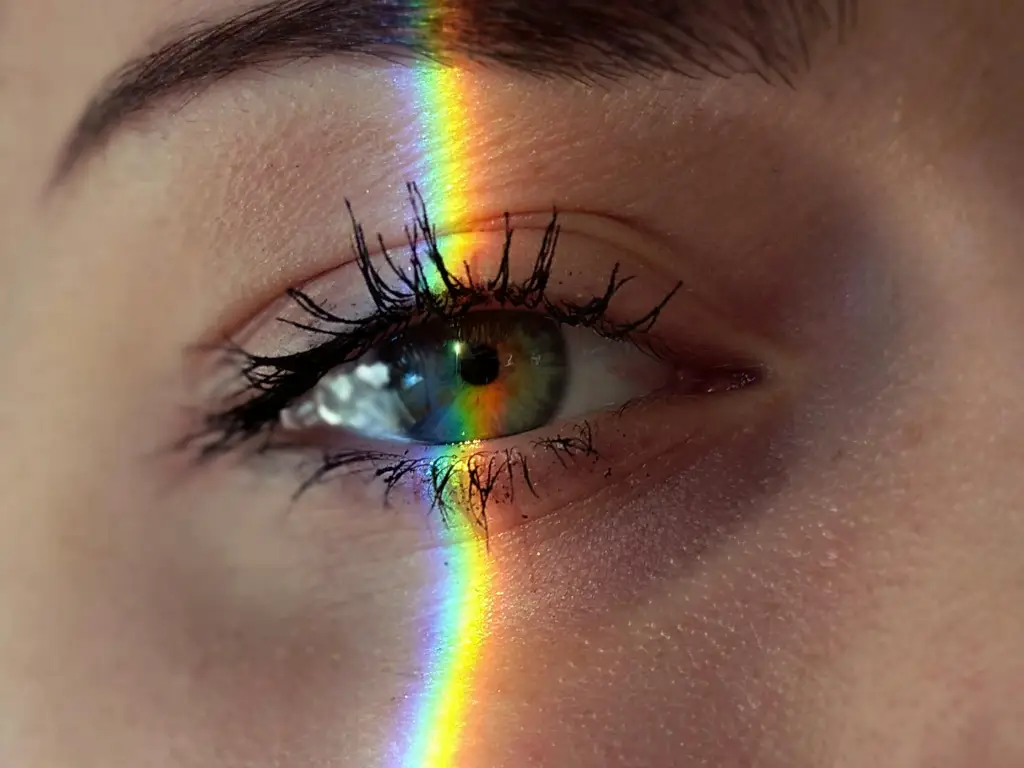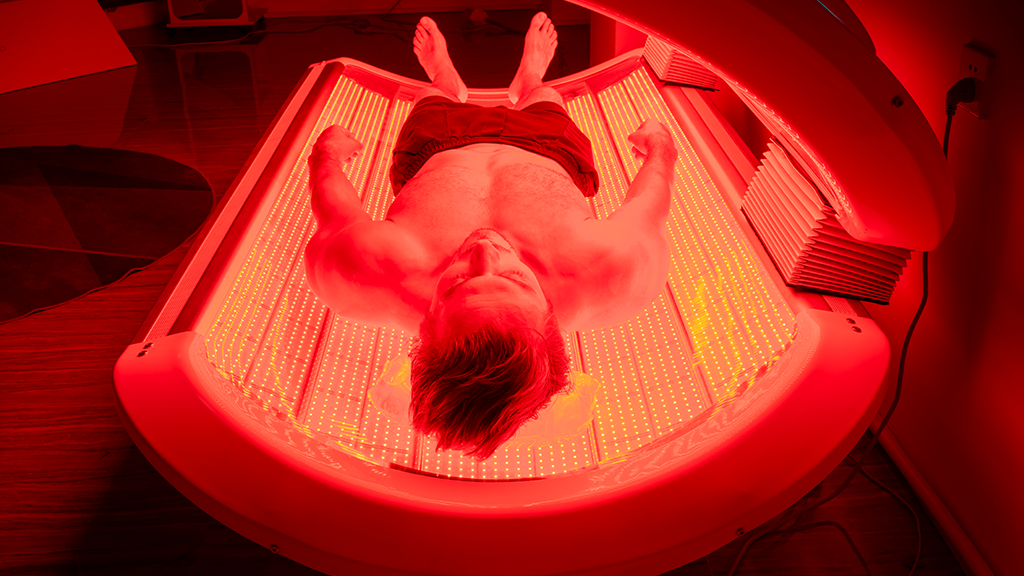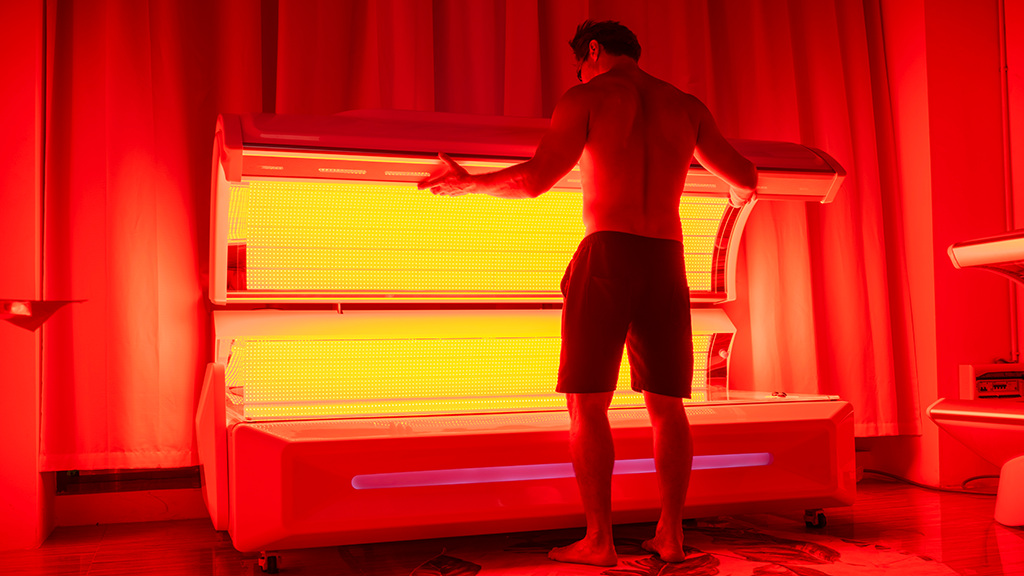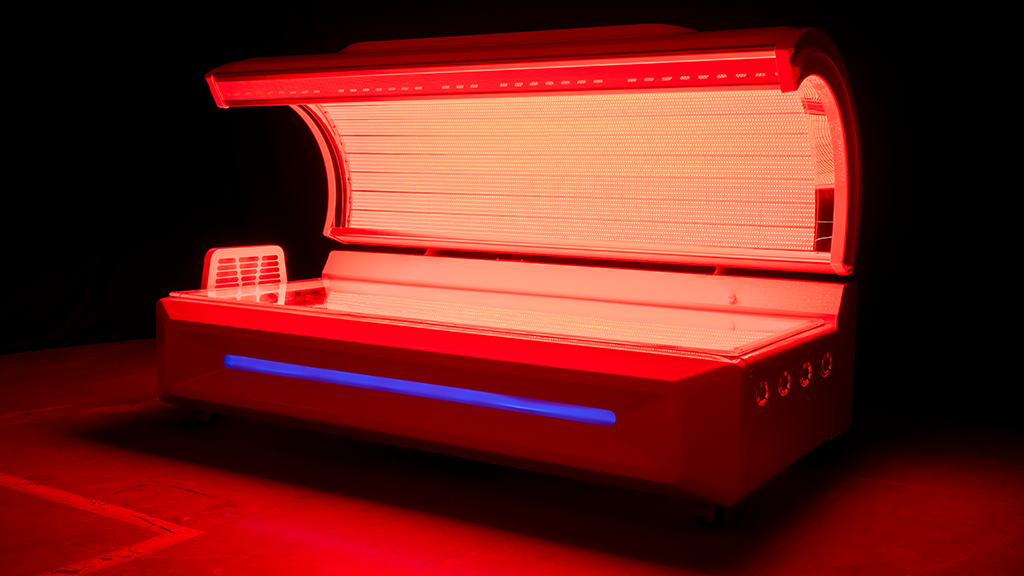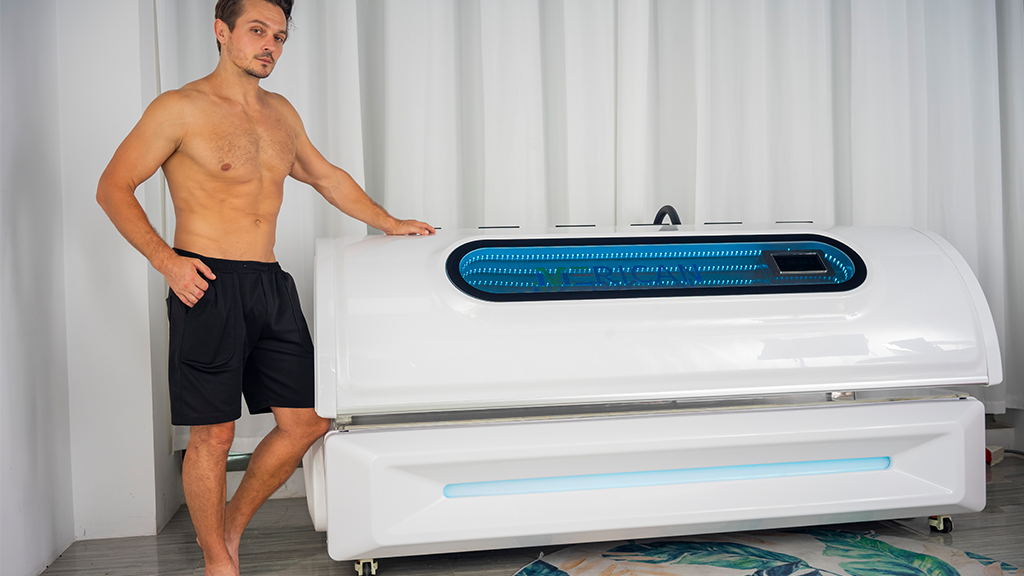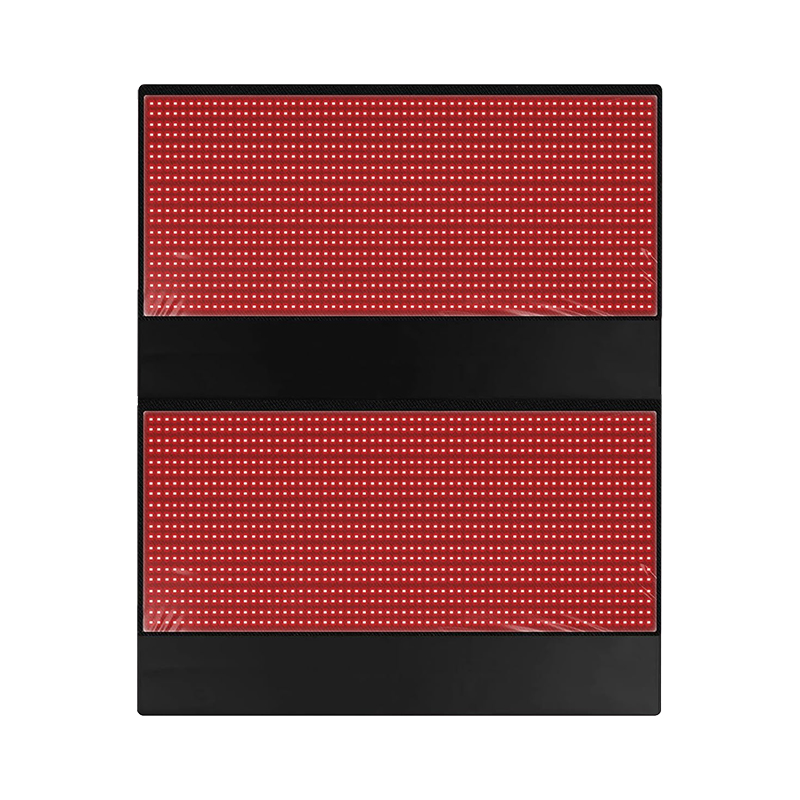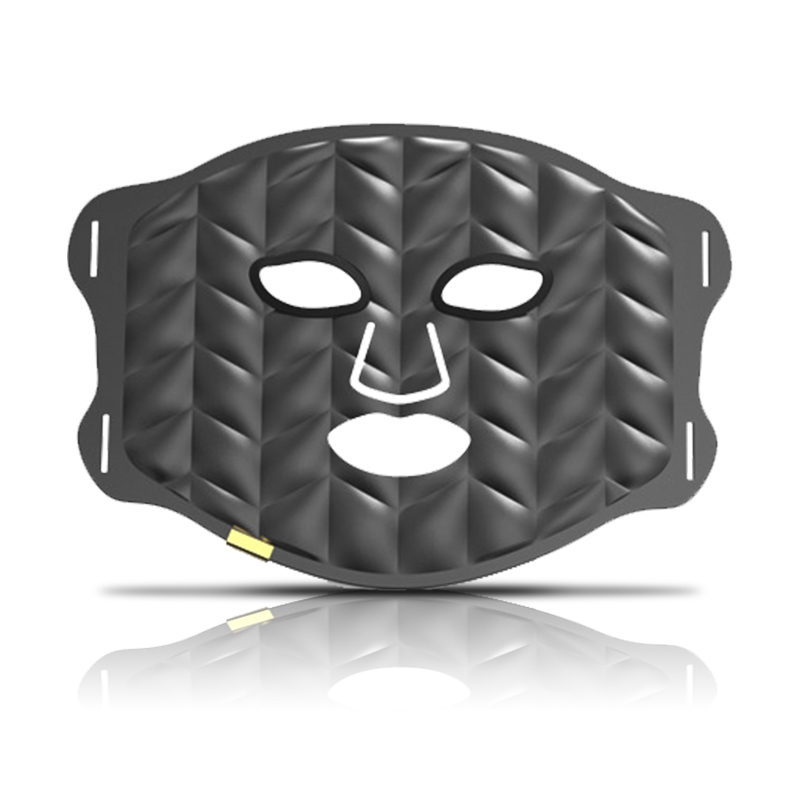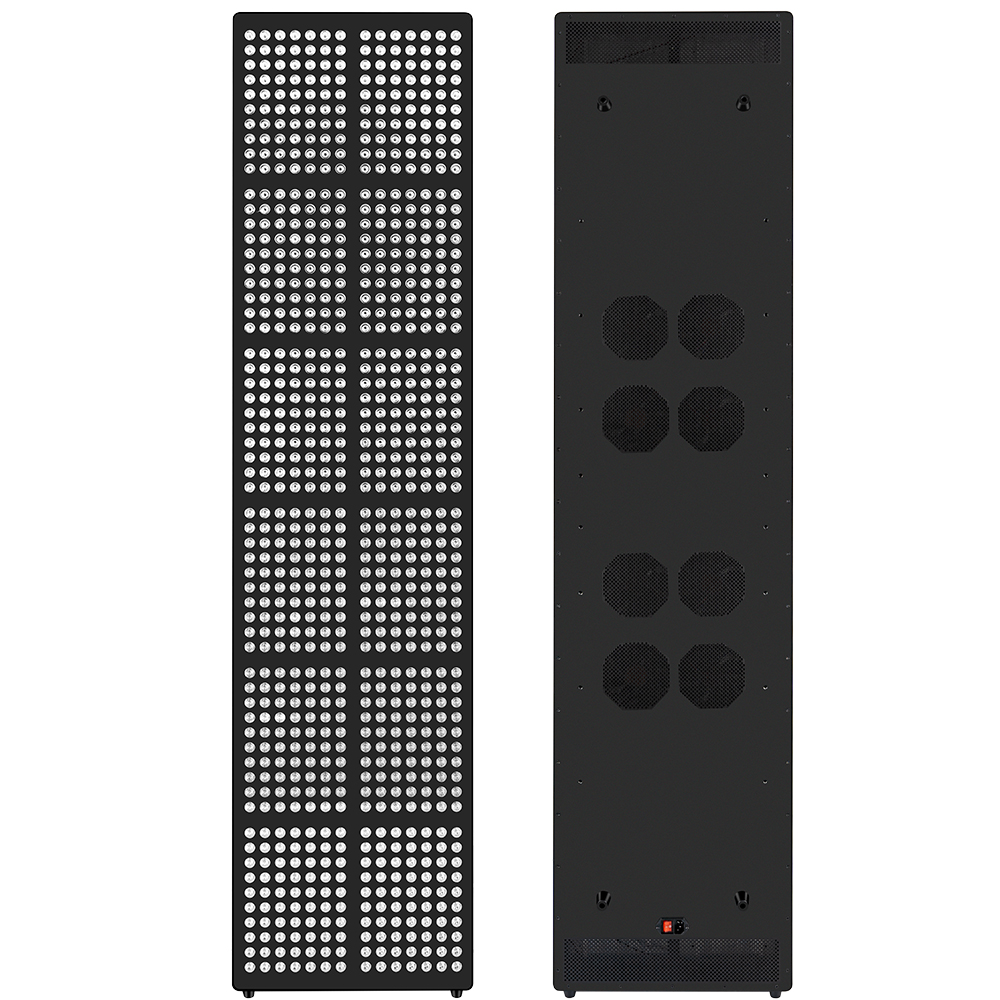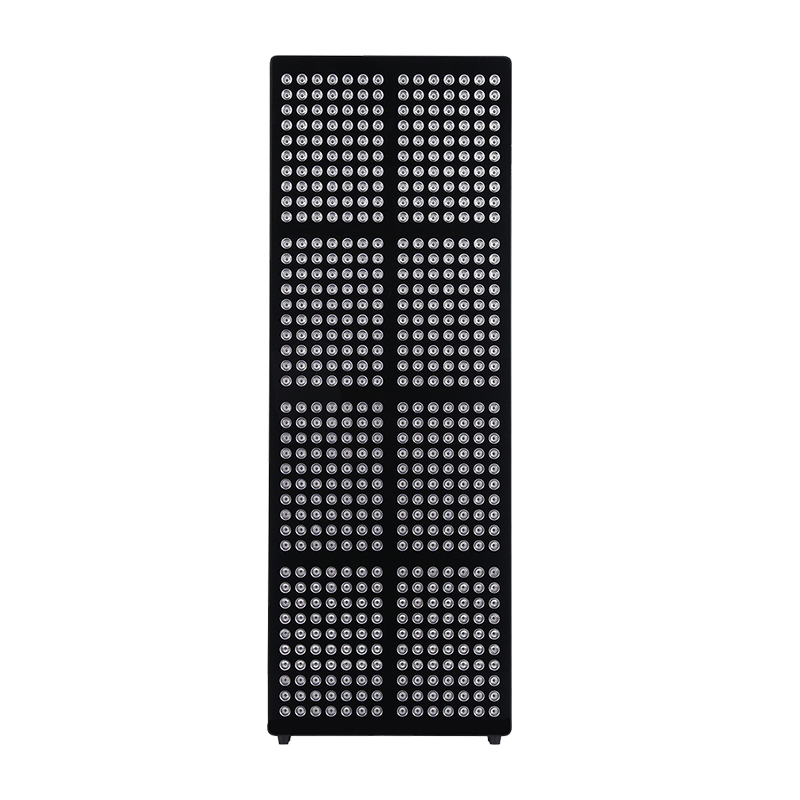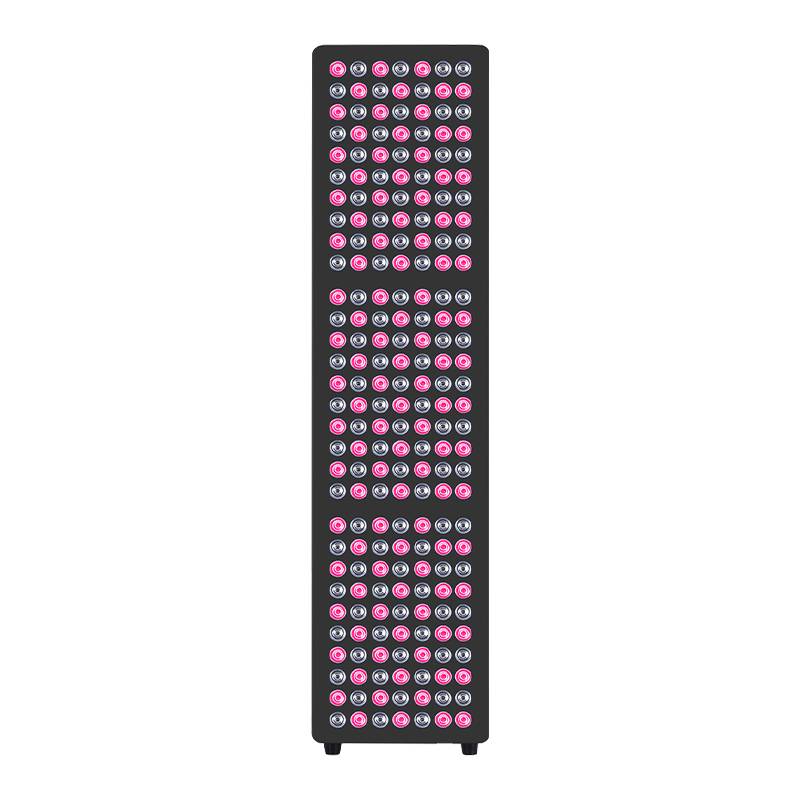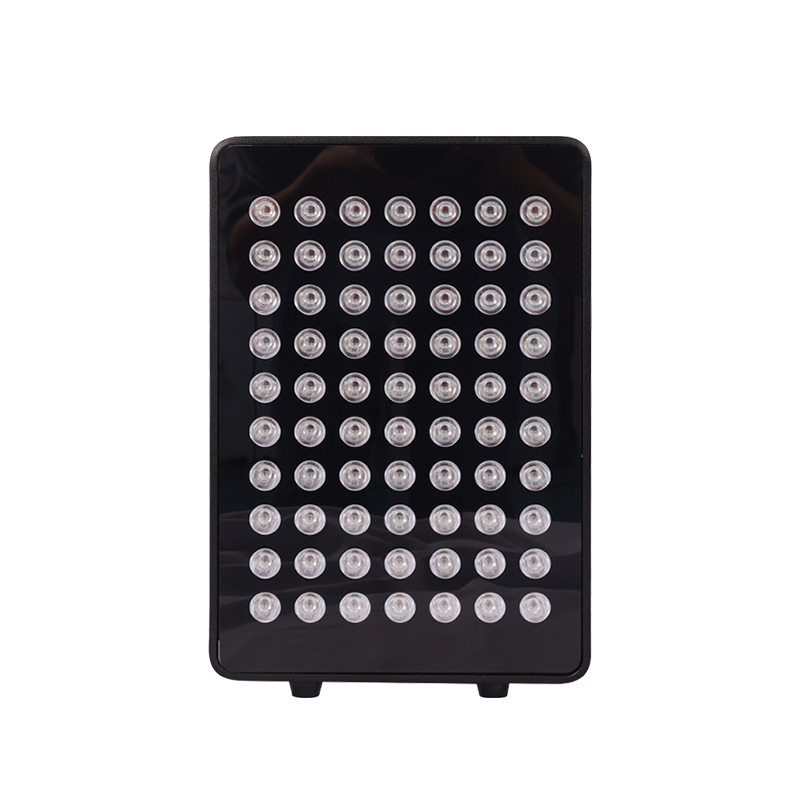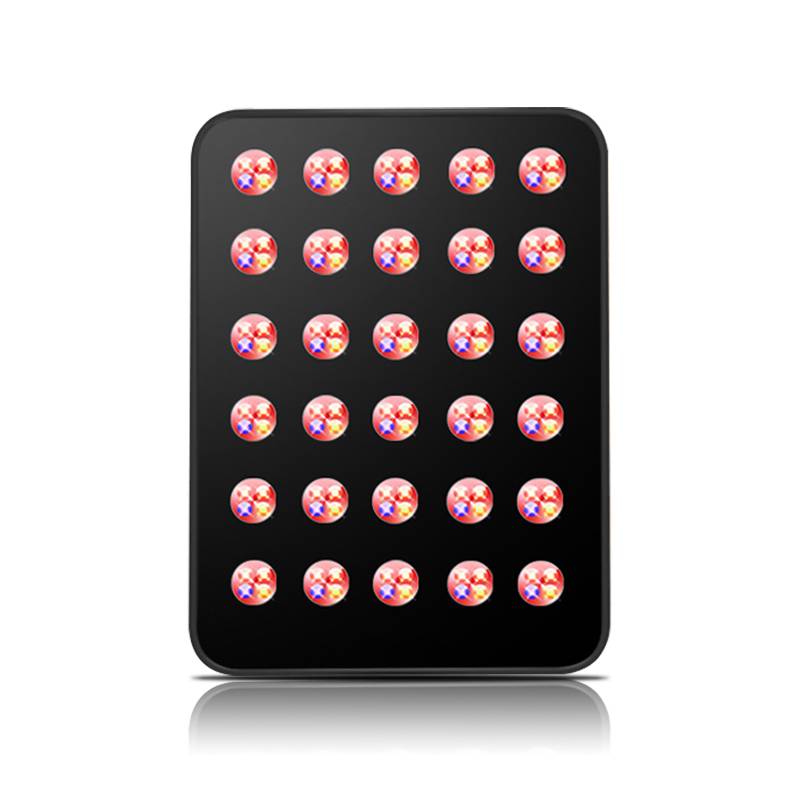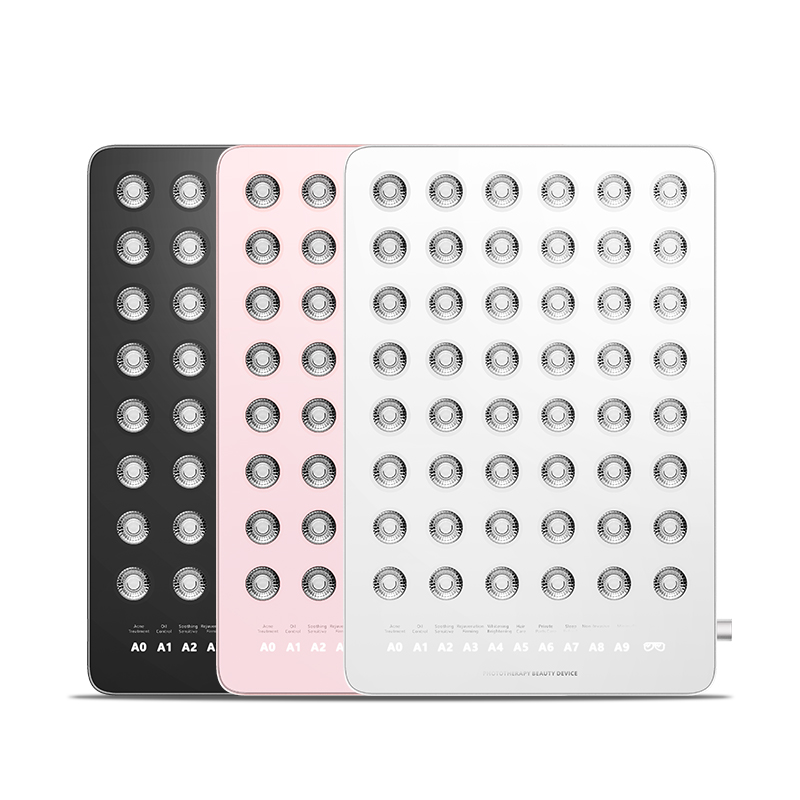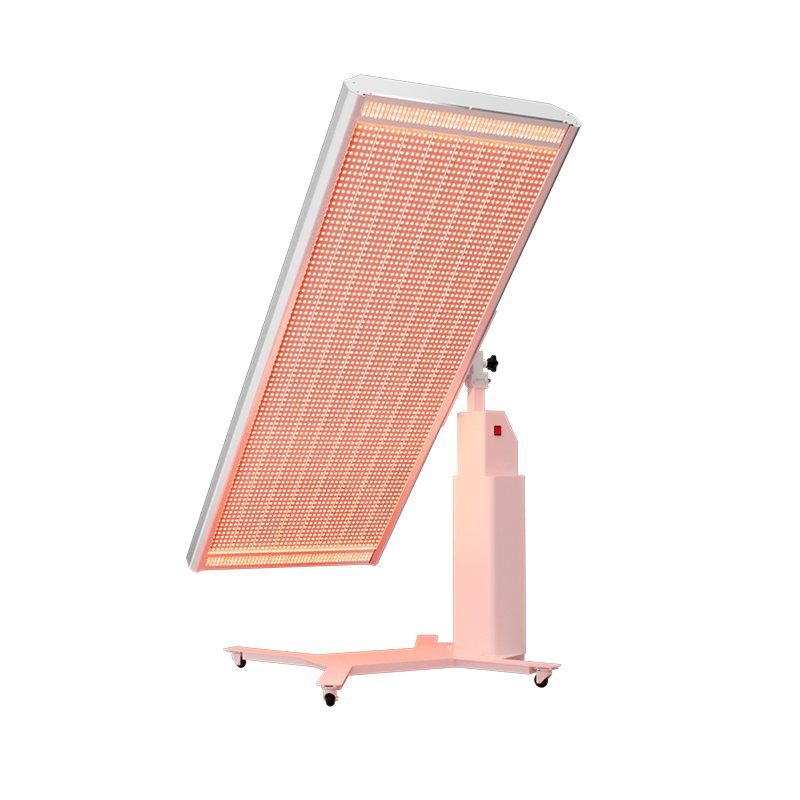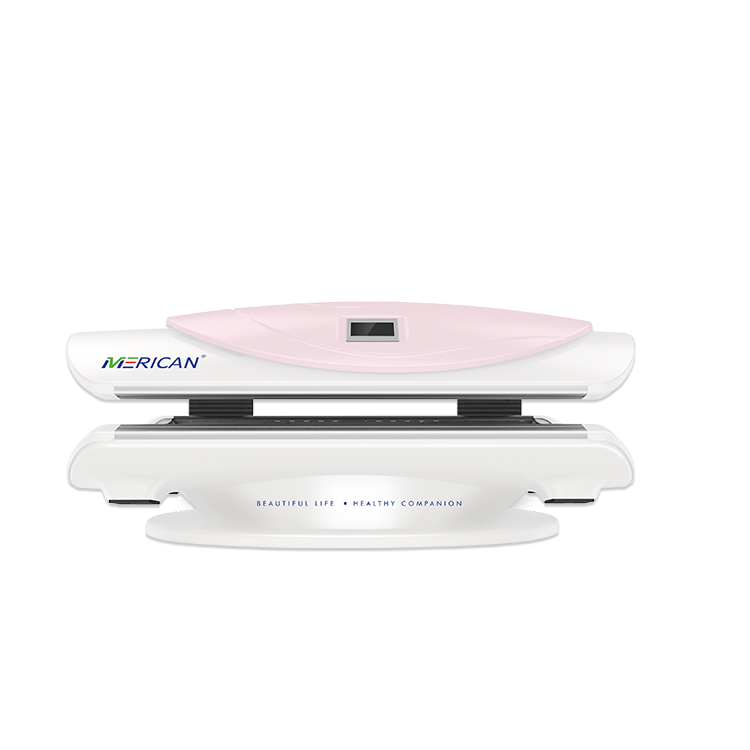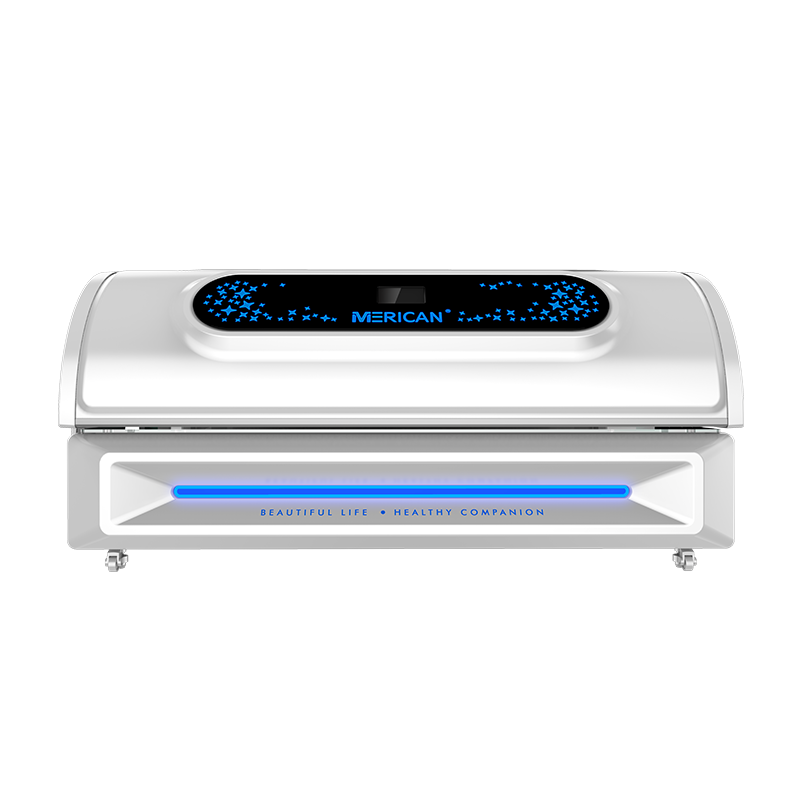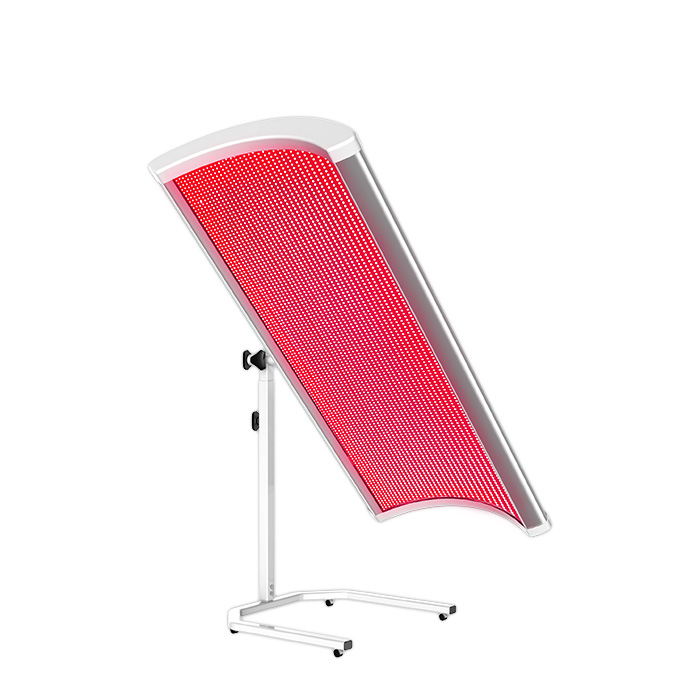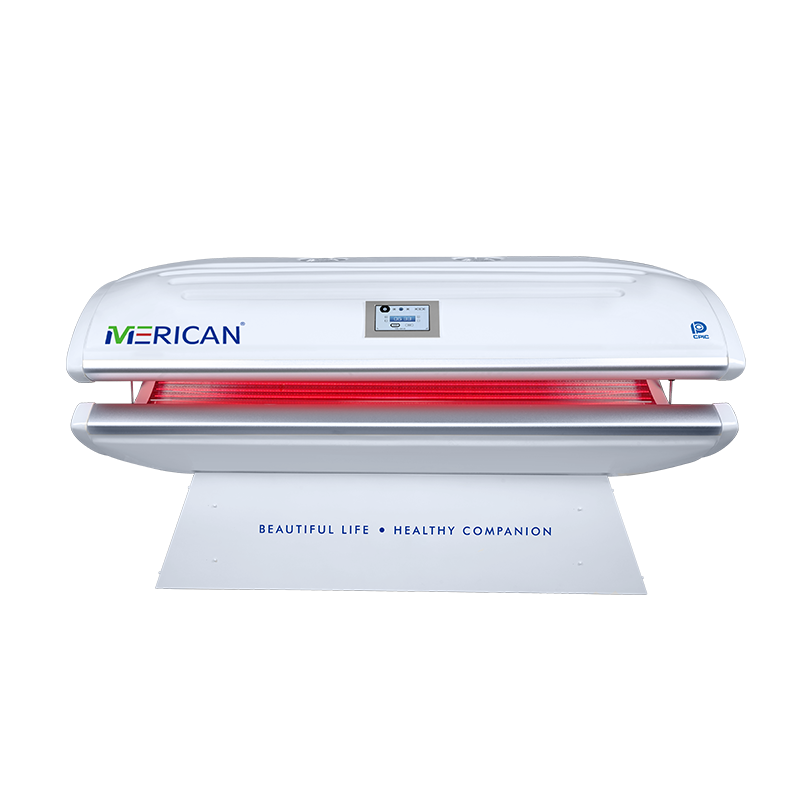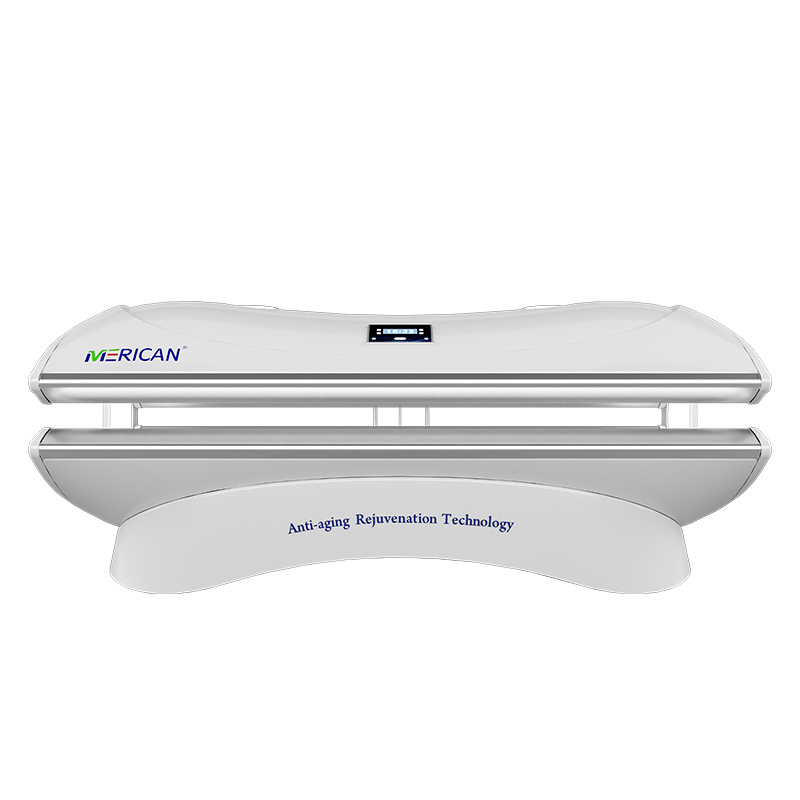Красный свет вреден для глаз?
Для большинства людей, это, наверное, недоказанный здравый смысл, и, вероятно, нецелесообразно проецировать какой-либо источник света, но всегда есть исключения. Терапия красным светом это сейф, естественный, и эффективное лечение различных заболеваний и состояний., включая – ты догадался – твои глаза. В отличие от других источников интенсивного света, например, солнце, красный свет способствует нормальному функционированию без каких-либо негативных побочных эффектов. Фактически, Исследования показали, что красный свет может защитить зрение и даже помочь обратить вспять возрастные заболевания глаз., такие как дегенерация желтого пятна и глаукома, а также повреждение глаз.
Но это не значит, что вы должны долго смотреть на ярко-красный свет.. Хотя это не приведет к необратимому повреждению, это может вызвать раздражение. Кроме того, вам даже не нужно открывать глаза, чтобы насладиться преимуществами красного света при потере зрения.
Красный свет вреден для глаз?
Терапия красным светом (Прозрачный) и солярии предполагают воздействие разных типов света., но они оказывают совершенно разное воздействие на организм и особенно на глаза.
Терапия красным светом использует низкие уровни красного или инфракрасного света., виды энергии, которые тело может ощущать как тепло, но не видят глаза. Доказано, что этот тип света имеет потенциальную пользу для кожи., мышечная ткань, и другие части тела, включая глаза. Исследования показали, что RLT может быть полезен для центральной нервной системы и сетчатки., и может даже помочь улучшить цветовое и контрастное зрение у некоторых людей.. С другой стороны, солярии излучают лучи UVA, которые являются типом ультрафиолетового излучения, которое может повредить глаза. Внутренние и внешние структуры глаз чувствительны к воздействию ультрафиолета и требуют надлежащей защиты., например, специальные защитные очки. Воздействие UVA-излучения соляриев может привести к заболеваниям глаз, таким как катаракта., снежная слепота, и даже некоторые виды рака глаз.
В итоге, Терапия красным светом — безопасное и потенциально полезное лечение для глаз и других частей тела., в то время как солярии представляют значительный риск повреждения глаз и других проблем со здоровьем.. Важно знать о различиях между этими двумя типами воздействия света и принимать обоснованные решения о том, какое лечение подойдет именно вам..
Могу ли я открыть глаза во время терапии красным светом?
Крайне важно держи глаза закрытыми во время сеансов лечения, чтобы насладиться преимуществами терапии красным светом для ваших глаз, минимизируя при этом риски. Кроме того, настоятельно рекомендуется проконсультироваться с офтальмологом, чтобы убедиться, что терапия подходит для вашего состояния глаз, и получить рекомендации по соответствующим протоколам.. Хотя терапия красным светом может быть ценным инструментом для здоровья глаз, к нему следует подходить осторожно и под наблюдением квалифицированного специалиста.
Могут ли светодиодные фонари повредить глаза?
Да, это правда, что воздействие определенных типов света, включая ультрафиолет (УФА и УФБ) свет, может повредить глаза. Однако, когда дело доходит до терапии красным светом (Прозрачный), исследования показывают, что в целом это безопасно для глаз, если соблюдаются определенные меры предосторожности.. Как вы упомянули, терапия красным светом не излучает УФ-излучение, Какой тип света наиболее вреден для глаз. Вместо, RLT использует низкие уровни красного или инфракрасного света., виды энергии, которые тело может ощущать как тепло, но не видят глаза.
Хотя терапия красным светом обычно считается безопасной для глаз., важно принять меры предосторожности, чтобы избежать чрезмерного воздействия. Большинство исследований по использованию RLT в глазах включало кратковременное воздействие., например, две минуты в день или через день. Также важно, чтобы РТТ проводил квалифицированный медицинский работник., поскольку они могут гарантировать, что лечение проводится безопасно и эффективно..
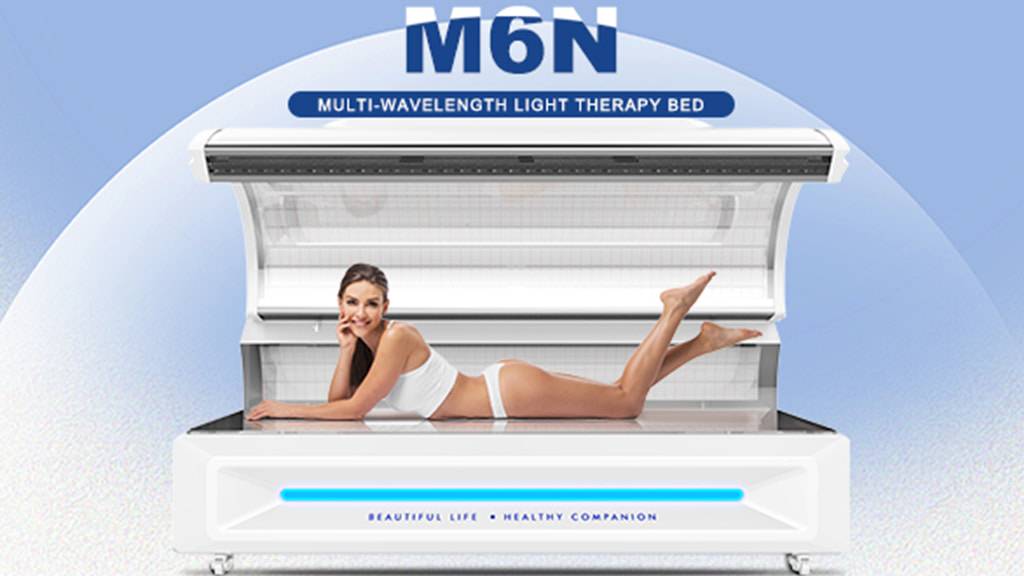
Естественный солнечный свет кажется бесцветным, но на самом деле это виртуальная радуга цветов: красный, апельсин, желтый, зеленый, синий, и фиолетовый. Эти цвета объединяются, образуя видимый спектр света., или «белый свет,», которая измеряется в единицах, называемых длинами волн. Существуют также невидимые длины волн света.: ультрафиолетовый и инфракрасный свет.
На организм человека сильно влияет свет. Например, синие волны естественного солнечного света (длины волн, благодаря которым небо кажется голубым) влияние на гипоталамус, Это небольшая область мозга, которая играет важную роль в выработке гормонов.. Одной из важнейших функций гипоталамуса является регулирование цикла сна и бодрствования, но в эпоху цифровых технологий его способность выполнять эту функцию подвергается неблагоприятному воздействию.. Защита глаз от терапии красным светом
Ученые также считают, что чрезмерное воздействие экранов может способствовать дегенерации желтого пятна., возрастное заболевание глаз, вызванное повреждением светочувствительных клеток сетчатки.. До цифровой эпохи, люди получали только естественные уровни любого цветового света. Сегодня, однако, с повсеместным использованием электронных гаджетов, люди часами смотрят в экран, и воздействие резко возросло. Это привело к увеличению проблем со зрением., включая дегенерацию желтого пятна. Вот почему экраны электронных устройств, таких как компьютеры,, ноутбуки, телевизоры, таблетки, и смартфоны могут повлиять на функции вашего тела. В дневное время, Синий свет от чрезмерного использования экрана может повысить внимательность и когнитивные функции., и поднять настроение. Но ночью, это может быть разрушительно, нарушение режима сна и вызывание бессонницы.
Красный свет известен своими полезными свойствами для организма., включая глаза. Красный свет (630-660нм) и ближний инфракрасный свет (Нир) (810-850нм) считаются наиболее терапевтическими длинами волн с широким спектром применения.. Светотерапия использует светоизлучающий диод. (ВЕЛ) устройства, которые светят в глаза красным или ближним ИК-светом: безболезненный и безопасный способ проехать на красный свет. Красный свет поглощается в самых отдаленных частях тела, что делает его идеальным для лечения заболеваний глаз и поверхности кожи, таких как хронические заболевания кожи и выпадение волос.. Он все еще может проникнуть в веки, которые относительно тонкие, но не проходят через большие массы костей или мышц.
С другой стороны, NIR имеет более глубокую скорость поглощения.. Стимулирует выработку стволовых клеток, уменьшает воспаление, и способствует заживлению после инсульта, раны, и болезни. Вместе, эти два типа света работают вместе, стимулируя каждую часть ваших глаз., даже если они закрыты.
Как синий свет, красный и ближний ИК-свет также поглощаются сетчаткой., но без известных побочных эффектов. Красные и ближние ИК-фотоны стимулируют митохондрии. (энергетические центры в клетках) производить больше аденозинтрифосфата (СПС), или клеточная энергия. Чем больше энергии имеют ваши клетки, тем лучше они функционируют, ремонтировать себя и регенерировать. Еще одним полезным эффектом терапии красным светом является ее способность уменьшать воспаление., включая воспаление глаз. Это может произойти после травмы глаза., или даже осложнения, вызванные хроническим стрессом, и это может разрушить ткани глаза. Когда ткани глаза повреждены или разрушены, это может привести к ухудшению зрения или даже слепоте.
В итоге, хотя любой тип света может вызвать повреждение глаз при воздействии чрезмерного количества света., Исследования показывают, что терапия красным светом в целом безопасна для глаз, если соблюдаются надлежащие меры предосторожности..

